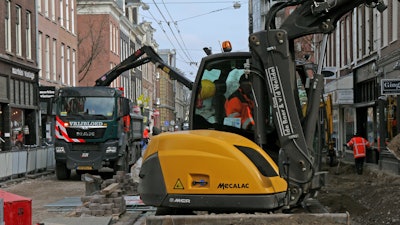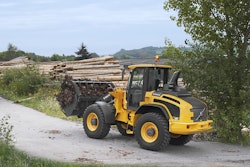
After intense rounds of negotiation, on July 21 EU leaders finally agreed on the structure of the COVID recovery plan, Next Generation EU. It will be made of €390 billion in grants and €360 billion in loans, totalling €750 billion that the EU – for this first time in its history – will borrow from financial markets.
Compared to the initial Commission proposal, the final deal reduces the amount of grants from €440 to 390 billion whereas the amount of loans is considerably raised from €250 to 360 billion. Nevertheless, the agreement was hailed as a success for the EU and will open unprecedented channels of funding.
Two specific instruments of the EU recovery fund are worth mentioning.
- The bulk of the EU money will be channelled via the new Recovery and Resilience Facility to member states and used for long-term investments and growth projects for recovery and economic resilience, in the direction of the green and digital transitions.
- To help individual companies hit by the crisis, the Commission proposed a new Solvency Support Instrument aimed at mobilizing private investment by providing guarantees against company losses.
It is worth mentioning that the EU Recovery and Resilience Facility does not target any specific sector. Member states can allocate these EU funds to various economic sectors as long as they contribute to the green and digital recovery. This gives room for manoeuvre to member states in identifying sectors and projects eligible for funding as long as they contribute to the green and digital transitions.
Among these sectors, construction and infrastructure will be part of the focus.
Indeed, Construction can be eligible for funding both at state level through the Recovery and Resilience Facility and at company level through the Solvency Support Instrument for the following reasons:
- Construction needs investments for the green and digital transition in order to achieve the target of “at least doubling the annual renovation rate of existing building stock”;
- There is high percentage of equity losses among construction companies due to the economic consequences of the COVID impact (lockdown, slowdown of the economy, social distancing on the work site);
- There are clear references to energy efficiency of buildings, renovation, social and transport infrastructure in the different programs of the EU recovery plan.
Infrastructures can also be eligible when they contribute to lowering the emissions of the transport sector, for instance when moving transport from roads to railways.
The application to obtain the funds from the Recovery and Resilience Facility will be done by member states through national recovery plans. Thus, the national recovery plan of each member state will play a paramount role in identifying the key economic sectors to receive funding and support.
In light of this, CECE calls on national authorities to consult representatives of the business sectors for the identification of the most effective ways and systems to support and relaunch European economies and industries. To assess whether member states are considering specific measures for the construction equipment sector – and more in general for construction and infrastructure – CECE launched a consultation survey among its member associations which will run through the summer break. The result of the survey, which will be discussed by the CECE Executives in their September meeting, will give an overview of the potential support by EU member states to the construction sector.



















